If language models such as ChatGPT are trained using the outputs of other AIs, they will become heavily biased, overly simple and disconnected from reality, researchers warn.
By Alex Wilkins
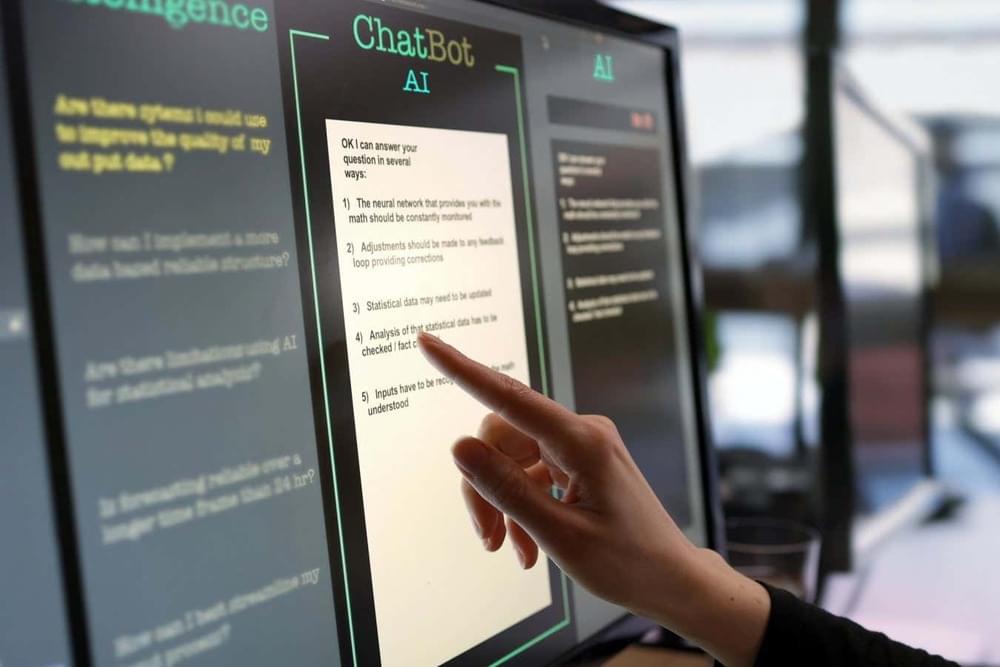
If language models such as ChatGPT are trained using the outputs of other AIs, they will become heavily biased, overly simple and disconnected from reality, researchers warn.
By Alex Wilkins

IBM announced a new breakthrough, published on the cover of the scientific journal Nature, demonstrating for the first time that quantum computers can produce accurate results at a scale of 100+ qubits reaching beyond leading classical approaches.
Blog with more info.
https://research.ibm.com/blog/utility-toward-useful-quantum
ARMONK, N.Y., June 14, 2023 /PRNewswire/ — IBM (NYSE: IBM) today announced a new breakthrough, published on the cover of the scientific journal Nature, demonstrating for the first time that quantum computers can produce accurate results at a scale of 100+ qubits reaching beyond leading classical approaches.
This research designed polymersomes with inhomogeneous membranes capable of programmed drug release with accurate control by modifying the molecular architecture and photo-cross-linking degree of the polymer. The process involved introduced crystalline PCL moiety as part of the membrane’s molecular structure via the synthesis of three polymersomes with different hydrophobic chains, PEO43-b-P(CL45-stat-CTCL25), PEO43-b-P(CL108-stat-CTCL16), and PEO43-b-PCTCL4-b-PCL79. As a result of the amorphous PCTCL moieties in the membranes, high permeability with finely tunable drug release rate was achieved. A series of mesoscopic dynamics (MesoDyn) simulations and doxorubicin release tests affirmed that the membrane permeability is indeed related to the membrane phase separation of the polymersome. In conclusion, membrane phase separation technique used for the modification of polymersomes improved programmed drug release rate; thus, promising great significance in the field of drug delivery.
In the field of biomedicine, small molecules relied on membranes such as polymersomes as carriers for drug delivery. Thus, the effectiveness and efficiency of drug delivery become key focus points when considering treatment development for a range of diseases, including cancer. Despite being heavily researched and among the promising choice as drug delivery vessels, conventional polymersome membranes lack efficiency due to its homogeneity, making it harder for the drug to be released. This led to recent research centering their attentions in modifying and customizing polymersome membranes to allow programmed release of small molecular drugs to meet the demands of biomedical practices. As a continuation of past efforts, this research intends to overcome the challenge of high permeability of the PCTCL-based polymersomes caused by their amorphous nature, rendering it efficient to deliver small molecules for broader applications.
As the global population continues to expand along with longevity, the importance and use of medicines are expected to increase. However, this will lead to a greater impact on the ecosystem and our health in the long term. Hence, there is a growing need to support precision medicine and to reduce ineffective medicine use which could burden patient, society and environment in the long run. The outcome of this research, the enhanced capability of programmed drug release via the modification of polymersomes, meets such demand. (SDG 3: Good health and well-being)

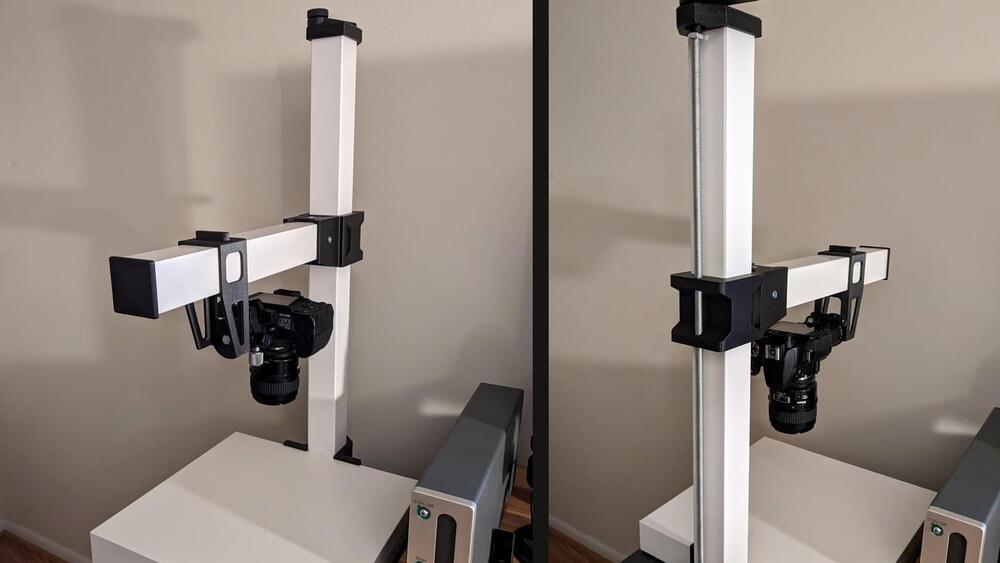
A copy stand is a tool used to capture images of photos, artwork, books, and things of a similar nature. It holds a camera perpendicular to a large and flat surface, upon which the subject rests.
They are handy, but there’s no need to spend a lot when [BlandPasta]’s DIY copy stand based on a cheap IKEA LACK table can be turned into an economical afternoon project with the help of simple hardware and a few 3D printed parts.
The main structure comes from a mixture of parts from two LACK tables: one small and one normal-sized. A tabletop is used as the bed, and the square legs make up the structural parts with the help of some printed pieces. A threaded rod combined with some captive hardware provides a way to adjust the camera up and down with a crank, while one can manually slide the horizontal camera mount as needed to frame the subject appropriately.
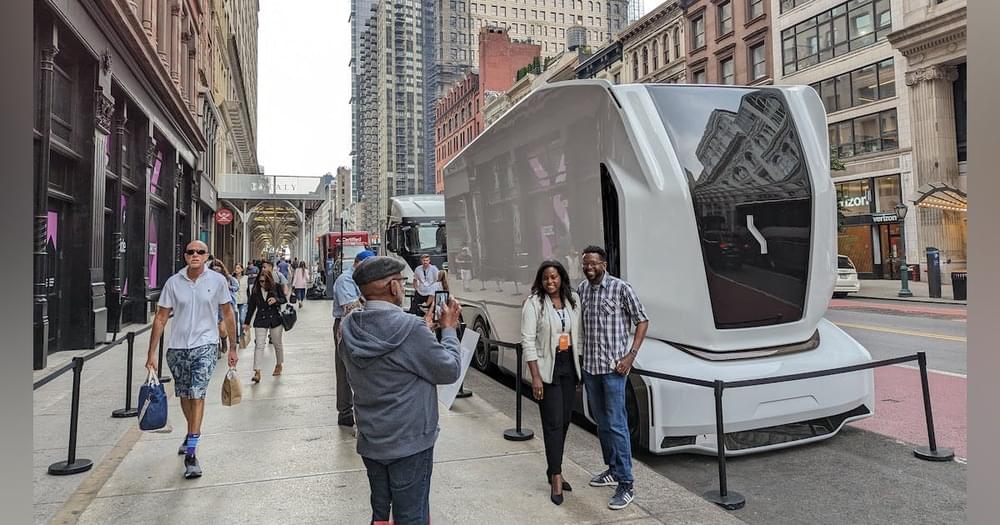
Einride is trying to change how the world moves goods. The Sweden-based company with a growing U.S. presence combines battery-electric power with automation and data to develop freight’s future.
The company’s futuristic-looking equipment became a tourist attraction in New York City last week when it parked an electric truck and a cab-less Autonomous Electric Transport vehicle on West 23rd Street in Chelsea, where passersby stopped to take pictures with the electric freight movers.
While some companies focused on the future of transportation are taking more measured approaches, Einride’s leaders told FleetOwner that it is ready to move the freight world into the future now.
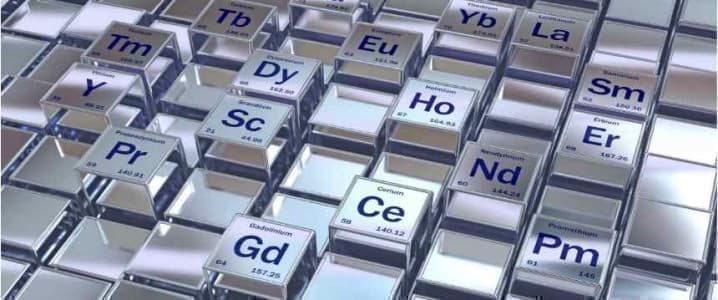
Penn State researchers have discovered a protein found naturally in a bacterium (Hansschlegelia quercus) isolated from English oak buds exhibits strong capabilities to differentiate between rare earths. Harnessing its power could revolutionize the entire tech sector by fundamentally changing how critical minerals like rare earths are harvested and purified. Image Credit: Penn State. Creative Commons
The discovery is important because rare earth elements, like neodymium and dysprosium, are critical components to almost all modern technologies, from smartphones to hard drives, but they are notoriously hard to separate from the Earth’s crust and from one another.
By figuring out how this molecular handshake works at the atomic level, the researchers have found a way to separate these similar metals from one another quickly, efficiently, and under normal room temperature conditions. This strategy could lead to more efficient, greener mining and recycling practices for the entire tech sector, the researchers state. Related: U.S. Crude Trading At Big Discount To Dubai Oil.
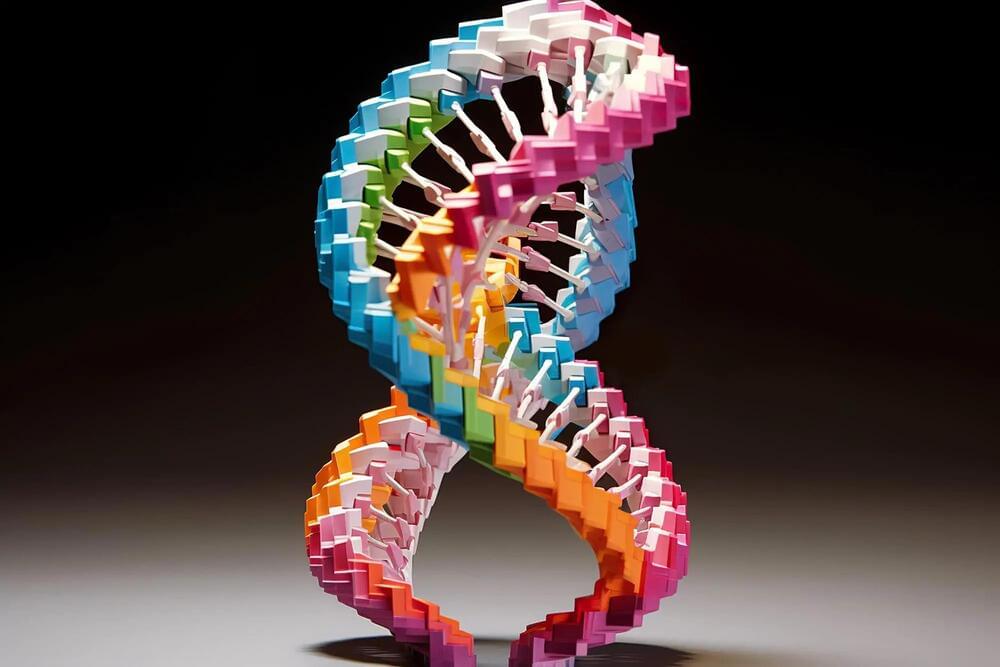
Researchers from the Gothelf lab at Aarhus University.
Established in Aarhus, Denmark in 1928, Aarhus University (AU) is the largest and second oldest research university in Denmark. It comprises four faculties in Arts, Science and Technology, Health, and Business and Social Sciences and has a total of 27 departments. (Danish: Aarhus Universitet.)
A team of researchers from Google’s DeepMind AI lab have programmed a pair of little humanoid robots to play a classic match of one-versus-one soccer — and the results are absolutely adorable.
We investigated the application of Deep Reinforcement Learning (Deep RL) for one-versus-one (1v1) soccer on the Robotis OP3 miniature humanoid robot.
Website: https://sites.google.com/view/op3-soccer.
Paper: https://arxiv.org/abs/2304.13653.